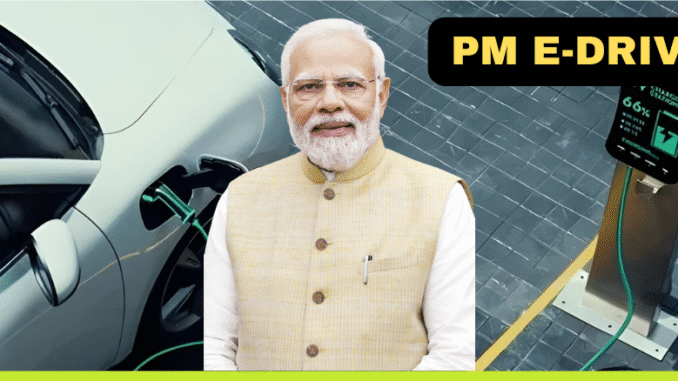
India’s transition to electric mobility received a monumental boost as the Ministry of Heavy Industries (MHI) released granular operational guidelines for deploying 72,300 public EV charging stations under the ambitious PM E-DRIVE scheme. This landmark program, with a budget of ₹10,900 crore—including ₹2,000 crore dedicated to charging networks—signals a new era for clean transportation, aiming to make EV charging reliable, accessible, and user-centric across every region of India.
Understanding the EV Charging Bottleneck
A robust and visible charging network is the foundation of mass EV adoption. Historically, India has grappled with “range anxiety,” with EV buyers hesitant due to sparse public charging options. By integrating stations across high-density cities, state capitals, highways, and industrial corridors, MHI is directly targeting this core barrier—backed by best practices in global EV infrastructure planning and a robust funding model.
Who Can Participate and Where Will Chargers Be Built?
Eligibility is intentionally broad to harness the reach of both central and state/UT governments, CPSEs, urban local bodies, and public utilities. Nodal agencies—responsible for site identification and demand aggregation—can propose high-potential sites through a single-window digital platform.
Deployment will prioritize:
- Metro cities and those with populations over one million
- State capitals and cities under the National Clean Air Programme
- Major transit corridors, industrial hubs, ports, and highway nodes
Strategic site planning and accessibility are further ensured by coordination with metro, airport, utility, and city authorities—mirroring international EVCI best practices.
Smart Subsidy Model: Incentives Tailored for Impact
India’s charging rollout uniquely combines upstream (grid and transformer) and downstream (equipment) subsidy support, benchmarked by the Bureau of Energy Efficiency. Key highlights:
- Government campuses: 100% subsidy on infrastructure and chargers (if free public access is provided)
- Public spaces (airports/stations): 80% subsidy on core infrastructure, 70% on chargers
- Highway, urban and commercial zones: 80% infrastructure support
- Battery swapping and charging hubs: 80% infrastructure subsidy at any valid site
By customizing incentives according to site type—a feature inspired by both international and domestic policy research—India is maximizing public benefit and private participation, while making complex multi-use city sites viable for charging investment.
Tech, Standards, and User Experience: Focus on Quality and Integration
All charging installations are required to meet Ministry of Power standards, supporting:
- AC and DC charging for two-wheelers, three-wheelers, cars, buses, and trucks (12 kW – 500 kW)
- CCS-II and Bharat DC protocols for high-speed charging of fleet and long-range vehicles
- Recognized support for battery swapping and mobile energy services
A new National Unified Hub, powered by BHEL as the Project Implementation Agency, ensures every station is digitally mapped, connected, and remotely monitored. For users, this means:
- Real-time station discovery and status via mobile/web app
- Easy booking, cashless payments, and immediate fault reporting
- Seamless integration across brands, regions, and vehicle types
How the Rollout Works: Stepwise, Accountable, and Transparent
To boost implementation speed and accountability:
- Nodal agencies submit detailed proposals via the PM E-DRIVE portal.
- MHI reviews and approves, with site due diligence backing each tranche.
- After proof of procurement, the first 70% of eligible subsidy is disbursed.
- Upon installation, energization, and digital integration to the Unified Hub, the remaining subsidy is awarded.
- IFCI, as Project Management Agency, tracks progress, benchmarks costs, and maintains open reporting.
Anticipated Impact: Building a Future-Ready, Green Mobility Backbone
This historic policy shift will:
- Remove the biggest EV adoption obstacle: visible, reliable, affordable charging at all key locations
- Spur private and public investment in battery swapping, mobile recharge, and last-mile logistics solutions
- Significantly reduce local air pollution in urban hotspots and along major highways
- Deliver a digitally enabled, scalable EV charging ecosystem that grows with India’s renewable energy ambitions
Conclusion: A Blueprint for Clean Transport Leadership
By learning from global best practices and tailoring them to Indian realities—urban density, mixed-use sites, rapidly changing demand—India’s PM E-DRIVE guidelines set new benchmarks in policy detail, operational clarity, and future-proof tech. As thousands of new stations come online, India is poised not only to accelerate EV sales, but also to anchor a world-leading, user-friendly, and resilient green transport ecosystem for decades ahead.



